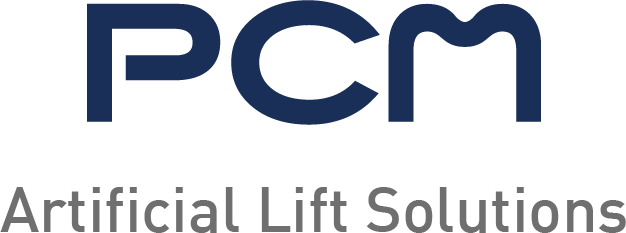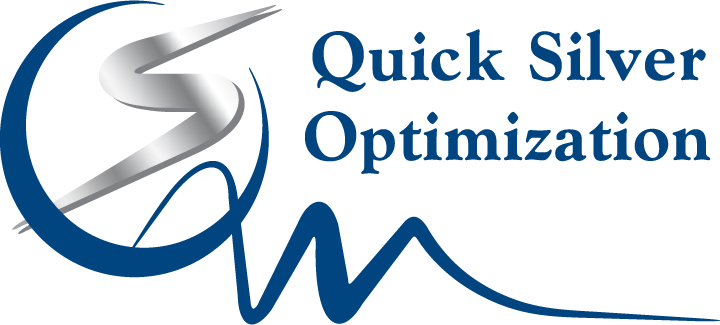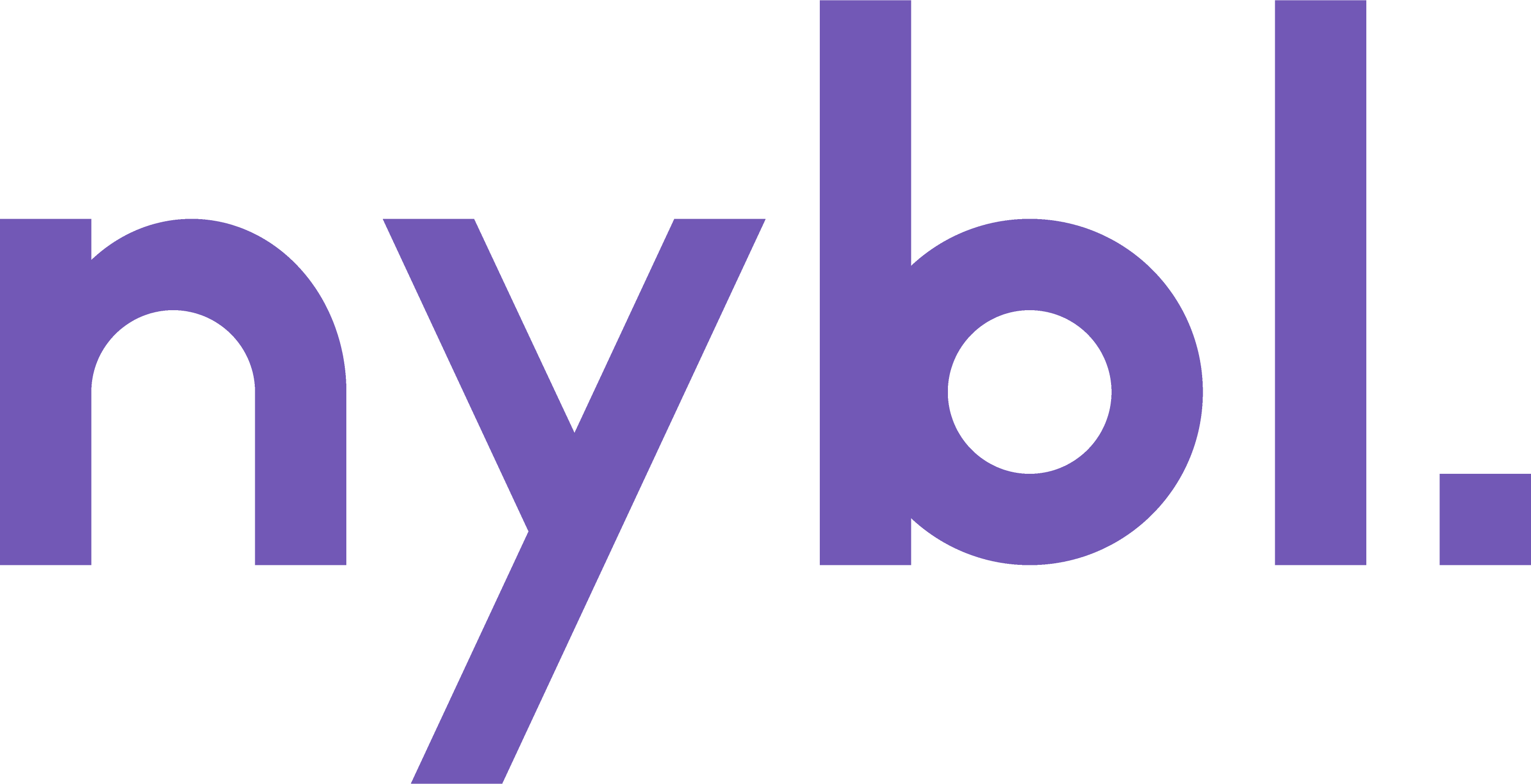Artificial lift remains a mission-critical domain in oilfield production. As exploration and production companies respond to volatile markets and mature reservoirs, the demand is growing for more modular, responsive, and autonomous lift strategies. Initial digital innovations centred on sensor-enabled ESPs, progressive cavity pumps, and rod lift monitoring, but the industry is now rapidly advancing toward intelligent automation and system-wide integration.
How Digitalization is Changing Artificial Lift Operations
Digitalization is no longer aspirational; it is now operational. Artificial lift systems are evolving in response to a new generation of cloud-native applications and edge-computing solutions that enable remote surveillance, control, and optimization. AI models are being trained to detect signs of gas interference, paraffin buildup, and imminent failures long before traditional diagnostics can. As these solutions mature, the goal across the sector is clear: reduce downtime, extend run life, and enhance reservoir recovery in real time.
Software platforms tailored for lift design and optimization are evolving to be more user-friendly, reflecting a wider industry push toward simplified deployment and accelerated implementation. Low-code applications and open integration standards are opening the field to agile innovation. Shale operators are leveraging real-time lift data to adapt pump parameters on the fly, minimizing deferred production while extending equipment reliability.
A profound shift is also underway in how engineers interact with lift assets. Digital twins now enable detailed modelling of wellbore behaviour, pump dynamics, and surface facility performance in a virtual environment before changes are applied in the field. Virtualized control systems are being piloted to shift intelligence from wellsite RTUs to centralised control centres, supported by cloud infrastructure and secure data exchanges between operators, service companies, and OEMs.
These digital ecosystems are laying the foundation for advanced machine learning capabilities. Secure, interoperable data rooms now make collaborative benchmarking and algorithm development possible, driving continuous improvement in lift performance strategies and failure prediction models.
The Next Chapter in Artificial Lift
Artificial Lift Canada 2026 marks the beginning of a new era in intelligent oilfield operations. Autonomous pumping systems can adjust lift curves overnight, reservoir engineers receive AI-powered lift recommendations in real time, and failure prediction is no longer reactive but proactively embedded in operating protocols.
But this is also a story of new risks. As the industry expands its digital infrastructure, cybersecurity is now a frontline priority. Threats targeting field-level controls and operational data integrity are evolving as quickly as the digital solutions themselves. It is essential that artificial lift stakeholders, from E&P majors to independent operators, recognize that the promise of digital lift must be matched with rigorous safeguards and governance.
This event brings together the full artificial lift ecosystem, including technology innovators, system integrators, major operators, policy thinkers, and upstream strategists, to examine where digitalization is delivering real value, where the gaps remain, and what lies ahead. Whether you are a data scientist refining lift algorithms, an engineer managing brownfield optimization, or an investor seeking scalable innovation, Artificial Lift Canada 2026 is the nexus where insights turn into impact.













